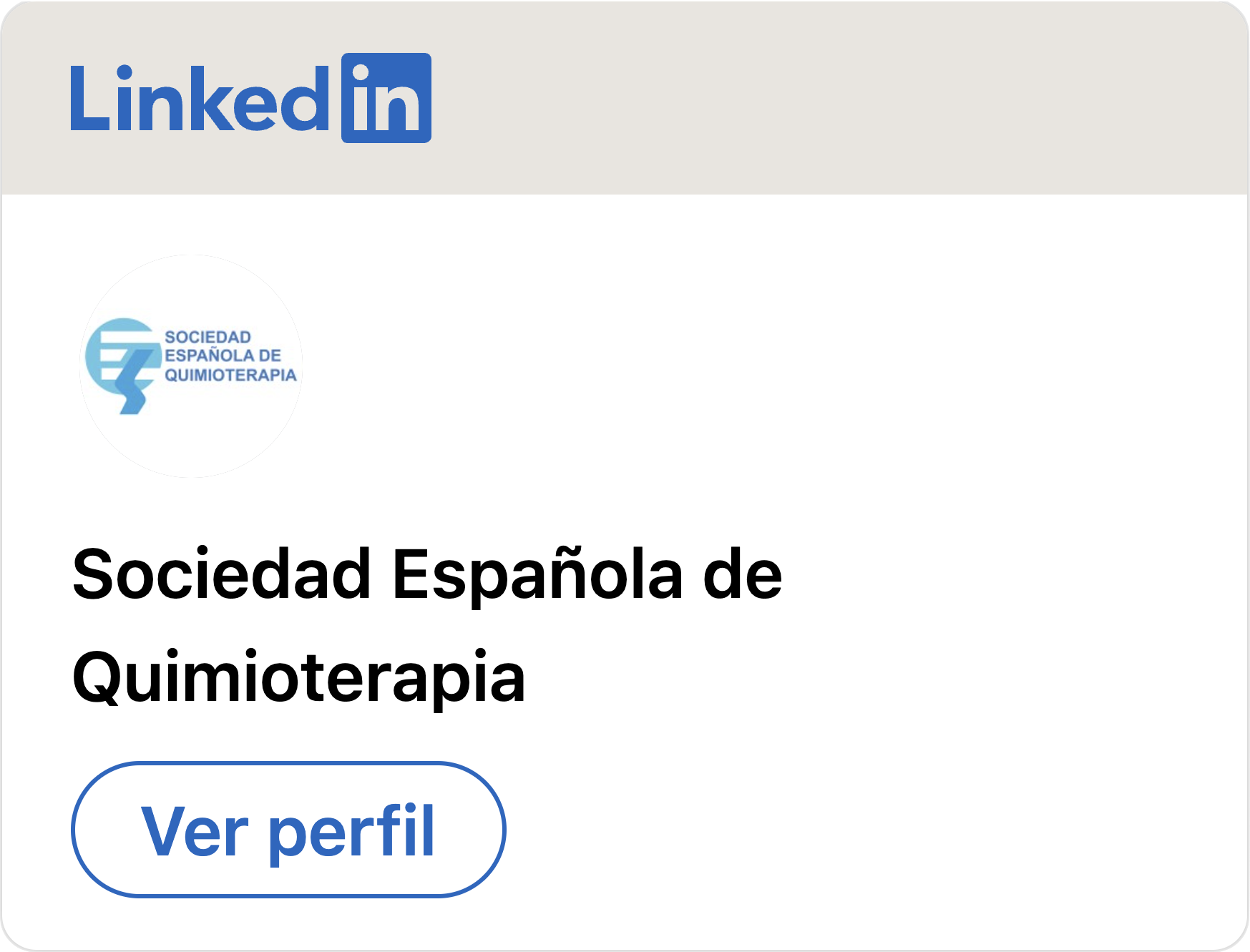Rev Esp Quimioter 2014:27(1):1-16
Clinical indications for therapeutic drug monitoring of antifungal agents. In the way for optimizing the treatment of fungal infection
EMILIO CENDEJAS-BUENO, MANUEL CUENCA-ESTRELLA, ALICIA GÓMEZ-LÓPEZ
Therapeutic drug monitoring as a tool in the management of infectious diseases has been introduced in therapy with anti-infective agents for years. Nowadays, it has taken importance in the management of fungal diseases due to the appearance of new antifungal drugs such as new-generation azoles. These azoles have pharmacokinetic characteristics that hinder a proper use to ensure efficacy and minimize toxicity. Monitoring of serum concentrations may help in the better use of these anti-infective agents, as well as in a better management of drug interactions, infectious disease and adverse effects. It has resulted in saving costs of treatment and in avoiding inadequate dosages. This review will attempt to clarify the role of the antifungal agents Therapeutic Drug Monitoring, highlighting the role of azole compounds.
Rev Esp Quimioter 2014:27(1):1-16 [pdf]

